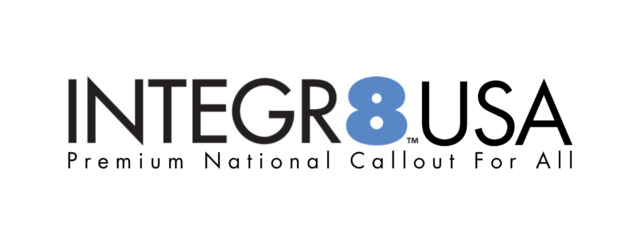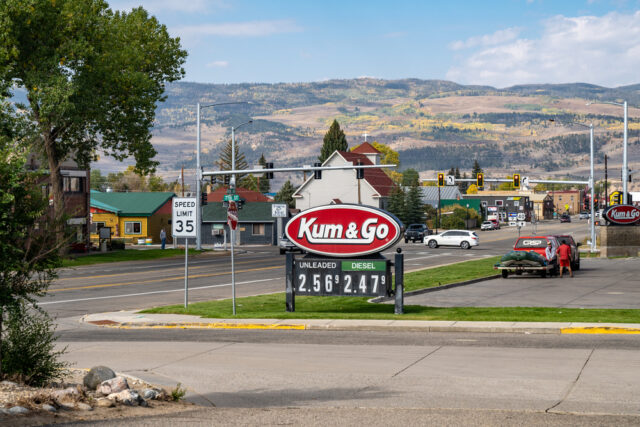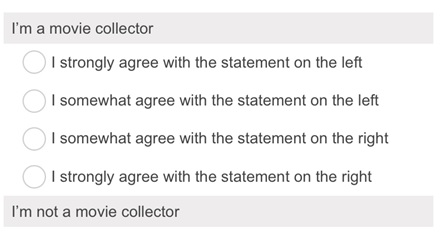
There have been many famous anti-litter campaigns over the years: Woodsy the Owl’s “Give a Hoot! Don’t pollute,” “Keep America Beautiful” with Iron Eyes Cody, the Indigenous person who cried at the sight of litter being tossed out of cars, and the “Don’t Mess With Texas” campaign initiated by the Texas DOT. Now the state of New Mexico has developed a new campaign for the 21st century with a built-in fan base who I’m sure will share the video PSAs all over social media.
The “Breaking Bad Habits” anti-litter campaign features the state’s most famous modern anti-hero, Walter White from the AMC series Breaking Bad. Actor Bryan Cranston reprises his character as the high school chemistry teacher forced, by a cancer diagnosis, into the meth production trade in an attempt to create a nest egg for his family after he passes. You must agree, this is an unlikely character to feature in a state government PSA, but here is why it works so well.
Breaking Bad is synonymous with New Mexico. Breaking Bad Luigi’s Tours in Albuquerque operates RV tours of film locations from the show. Restaurant chain Twisters Burgers and Burritos has opened a Los Pollos Hermanos branded location that plays off the fictional restaurant chain central to the show. The New Mexico state government has joined the cultural phenomenon and partnered with the series’ creators to produce a new take on communicating the anti-litter message. It’s a great example of why partnering with an established brand is sometimes better than trying to create your own.
In the mid-80s, Texas launched its “Don’t Mess With Texas” anti-litter campaign. It began with a series of bumper stickers and eventually incorporated TV advertising that featured all kinds of famous Texans like musician Stevie Ray Vaughan, boxer George Foreman, and actor Matthew McConaughey. While the campaign was successful, the slogan “Don’t Mess With Texas” was quickly adopted by other companies and organizations. This created a nightmare of work for DOT attorneys chasing down unauthorized uses of the trademark phrase. These issues watered down the message to the point that a market research study conducted by the Texas DOT in the late 2000s discovered that only 61% of Texans knew that the slogan was for an anti-litter campaign. The Texas DOT did an incredible job of reintroducing the message with this ad featuring Texas music icon, George Strait.
Since the state of New Mexico doesn’t own the rights to Breaking Bad and the character Walter White, they can avoid all those legal nightmares and focus on communicating the message, don’t litter. After only three weeks, the video has received more than 200,000 views on YouTube and has been shared who knows how many times on social media. I only hope that a line of Breaking Bad Habits merchandise is in the works. TAKE MY MONEY, PLEASE!














